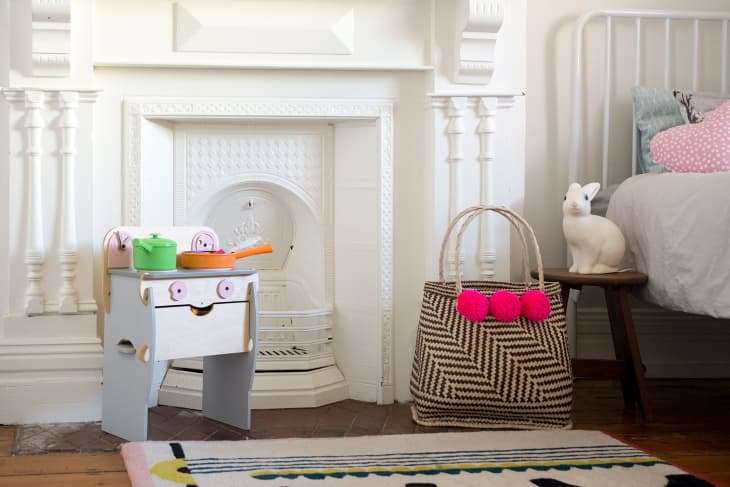I did the math. Tucking my five kids into bed every night means I do almost two thousand tuck-ins a year. As much as it’s my joy and pleasure to do them, I’m not always Patient Happy Mommy by the time it comes time to switch off the light and leave the room. Sometimes all it takes is an “I’m thirsty” while I’m kissing a forehead for Growly Mom to come onstage. And I know I’m not alone.
Kids, like us, need the right amount of sleep to be their best selves, and parents need a smidge of time at night without attending to the multitudinous needs of their progeny.
My kids are all ten and under, so my experience isn’t with older kids, but here are a few things I’ve learned about bedtime routine ideals, through trial and (mostly) error:
Have a routine and stick to it
The first thing I’ve learned about bedtime routines is that just having one is so, so helpful. Routines in family life are, to me, what meal plans are to cooking: If you want to make the best use of your resources (patience, energy, food, time), you have to plan ahead. A bedtime routine is a plan that helps you allocate your mental and emotional stores so you can make it all the way through without reaching the end of your rope.
Adults know and experience the benefits of routine. They’re a way to get on automatic pilot (in a good way) so that our minds are free and things that have to get done are done efficiently. But there’s another, more subtle, boon to having a routine: They signal to your subconscious mind (and even your body) what is to come.
So if your children are used to a bath followed by pajamas being put on, brushing teeth, a book, and a back rub before a final tuck-in and kiss goodnight, you will save yourself the verbal repetition of what needs to get done. Your kids will also feel secure in the familiar path that leads to bedtime, which, with any luck, will help them wind down as they go through the motions. This is why being as consistent as possible is the most helpful; it’s like treading down the path so it gets easier to walk down every time.

Decide what time you want to leave the room and work backwards
If you start your bedtime routine at bedtime, you’ll be frustrated every single night. It will feel like the timer rang before the clock even started ticking. Once you know what time you want the kids tucked in, quiet, with lights out, start your routine the right amount of time before that.
Now, add a buffer
You have your bedtime set and you’ve started your half-hour-long routine a half hour before bedtime. With all the unforeseen disruptions in that routine (like the kid already in pajamas stepped into the bath with the kid who was still taking one) and the extra things that can come up (like when your daughter confides in you about something that happened at school while you’re giving her a back rub and it warrants extra conversation), adding a buffer to the amount of time it takes to do the routine allows you to be flexible and handle things that may be out of the norm with fortitude and grace.
Reward them with what they want
Underlying just about any bedtime-delaying tactic is that your children want more time with you. And of course you want to give them that—but not in ways that drag out bedtime and wear your patience thin. That’s not fun for anyone.
For me, knowing that this is what my children are trying to get has helped me come up with a reward system that’s worked well in our family. The reward of being allowed to stay up for fifteen extra minutes once everyone else is in bed has been an effective incentive for letting me leave the bedroom without a flurry of last-minute requests. They earn the privilege once they have had “good bedtimes” for five nights.
Be flexible
Being flexible necessitates having a routine to be flexible with. The benefit is that the routine is transferable. When you’re at a hotel, for instance, you can implement your routine and help your child get to bed even in new surroundings. But sometimes the environment or circumstances call for special treatment. Things like sickness, time changes, being in a new place, or the long-lasting light of summer evenings can put a few wrinkles in even the best-laid and followed bedtime routine plans. Realizing these repercussions ahead of time is a good way to forestall frustration and help you go with the flow.
No matter how good you are or become at your bedtime routine with your little ones, one thing won’t change: Once those little dears are asleep, you’ll miss them.
